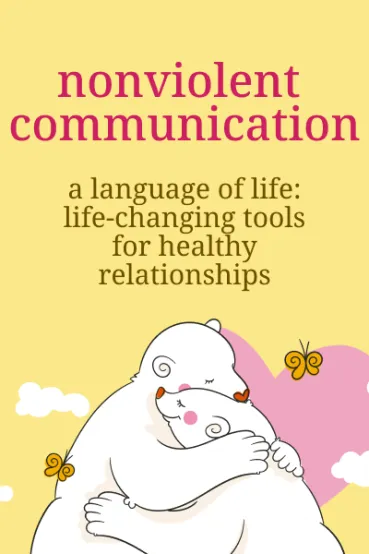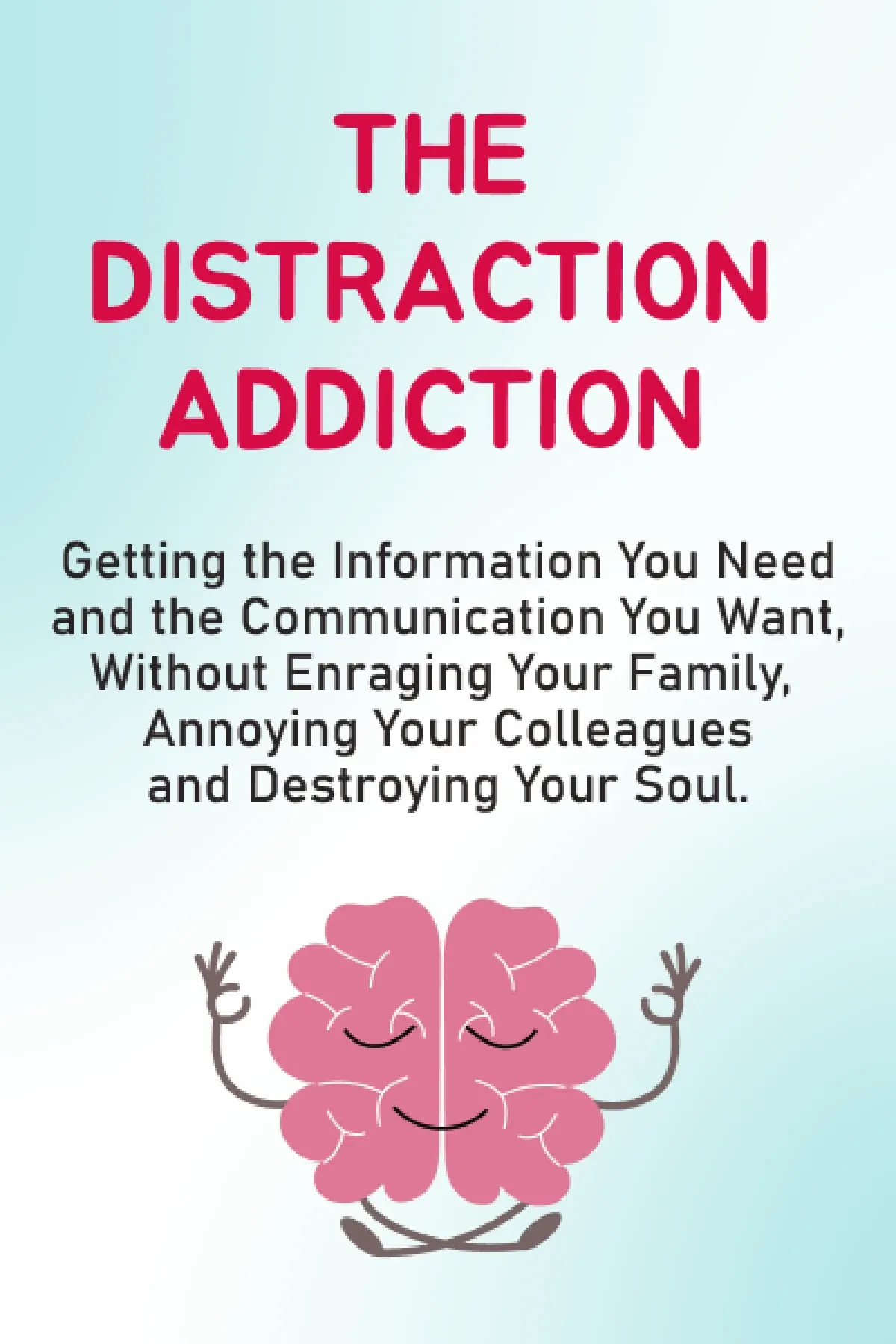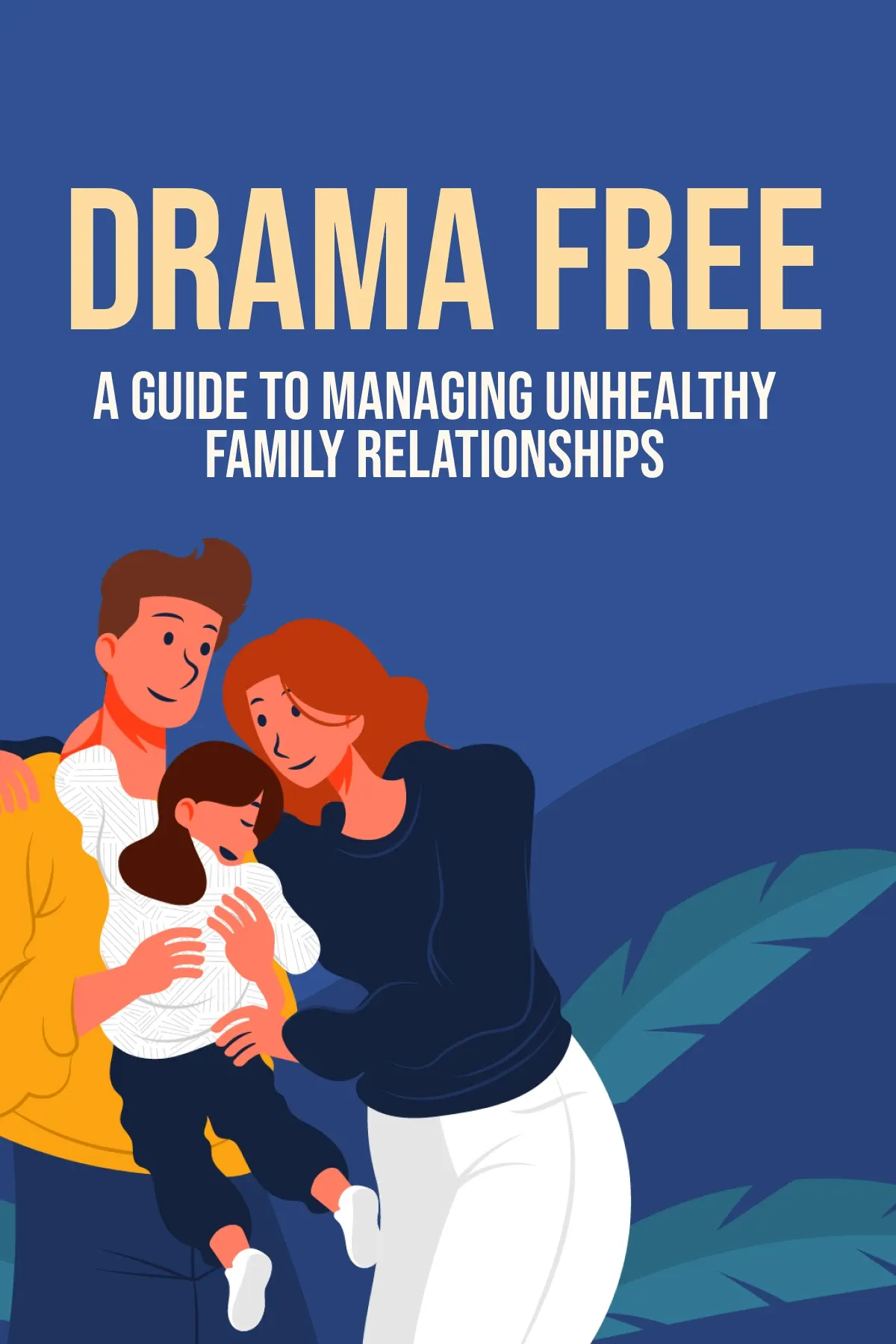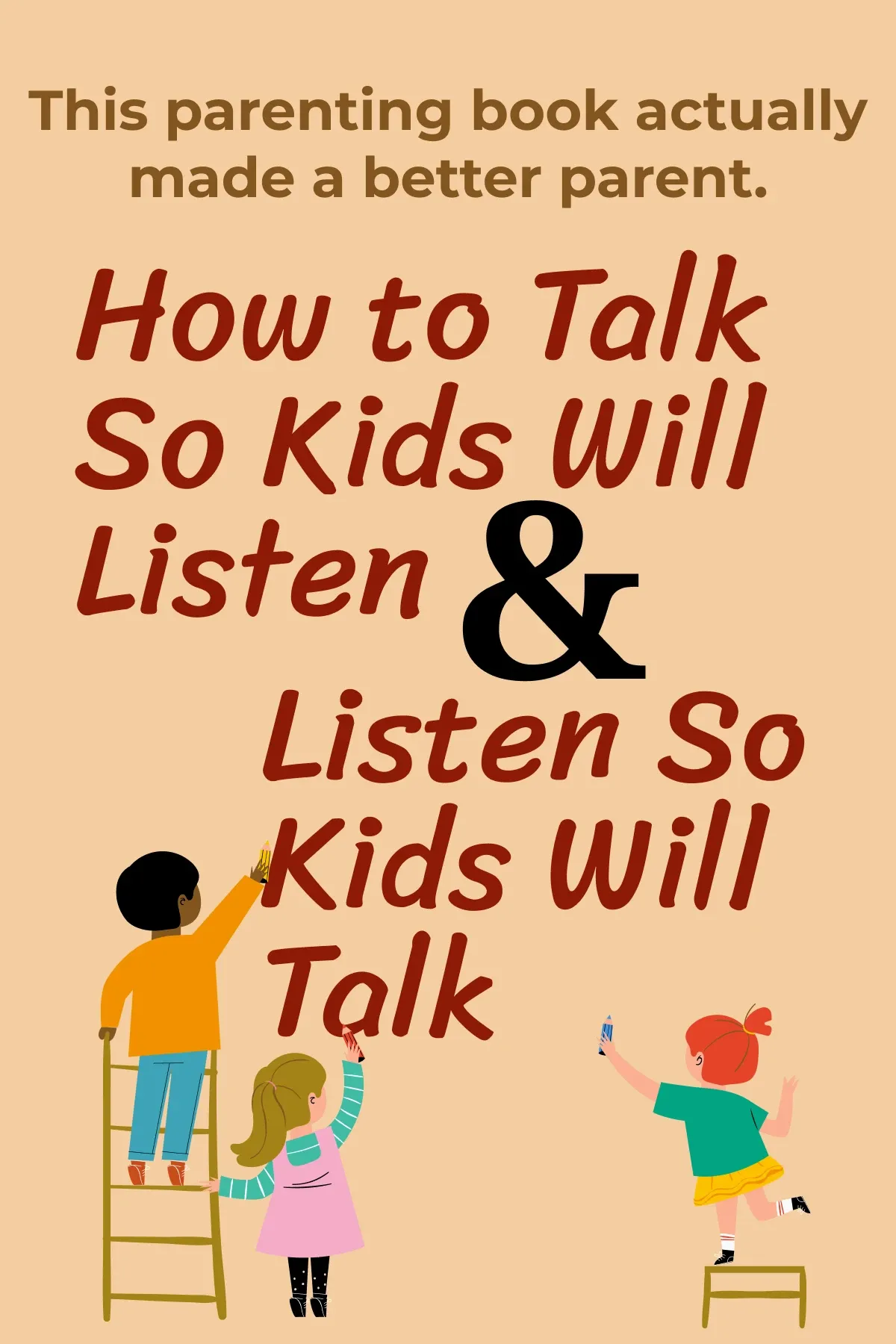
Nonviolent Communication
Brief Summary
“Nonviolent Communication” emphasizes the vital role communication plays in shaping our society. Marshall B. Rosenberg introduces us to a method known as "nonviolent communication" in his book. The primary objective of this approach is to teach us how to establish effective communication with both ourselves and those around us.
Topics
Key points
Key idea 1 of 11
Communication acts as a base for our daily life. That's why you must be aware of how to interact productively with people around you to be a part of society.
Sadly, we often use a type of language that not only pushes others away but also hurts them. "Life-alienating communication" refers to a manner of communication that fosters resentment and detachment instead of bringing people closer together. A vivid example is when you call a sibling "egoistic" for eating the last portion of ice cream. At its core, this statement is condemning and causes a defensive reaction. Understanding the reasons behind the action can lead to a peaceful resolution.
Moreover, life-alienating communication makes us more cruel. O.J. Harvey, a psychology professor from Colorado University, has studied how language can be linked to violence. He analyzed many literary fragments from different regions all over the world. The researcher sought out words to pass judgments, such as "bad" or "good."
The study revealed a correlation between the prevalence of judgmental words in a language and the frequency of violent incidents. The professor concluded that states or cultures using labels like "bad" or "good" associate being "bad" with deserving punishment. This belief can increase the likelihood of violent acts occurring within a society. Life-alienating communication goes beyond "good" or "bad" concepts. It includes linguistic devices that distance people from each other. Moralistic judgment is one of these devices.
Moralistic judgments consist of labels, critical remarks, and insults. They are all driven by the notion that those with different values or behaviors are inherently "wrong." For instance, the son desires to spend more time with his girlfriend because they are in a committed relationship. However, the parents fear being neglected and losing their son's attention. Instead of giving support, they label him "selfish."
By contrast, they could take the time to consider their and their son's needs and hold a mindful dialogue. Perhaps the parents are deeply concerned about growing apart from their child. Using empathetic language, they can bridge their differences and foster mutual understanding.
FAQ
You may also like these summaries











